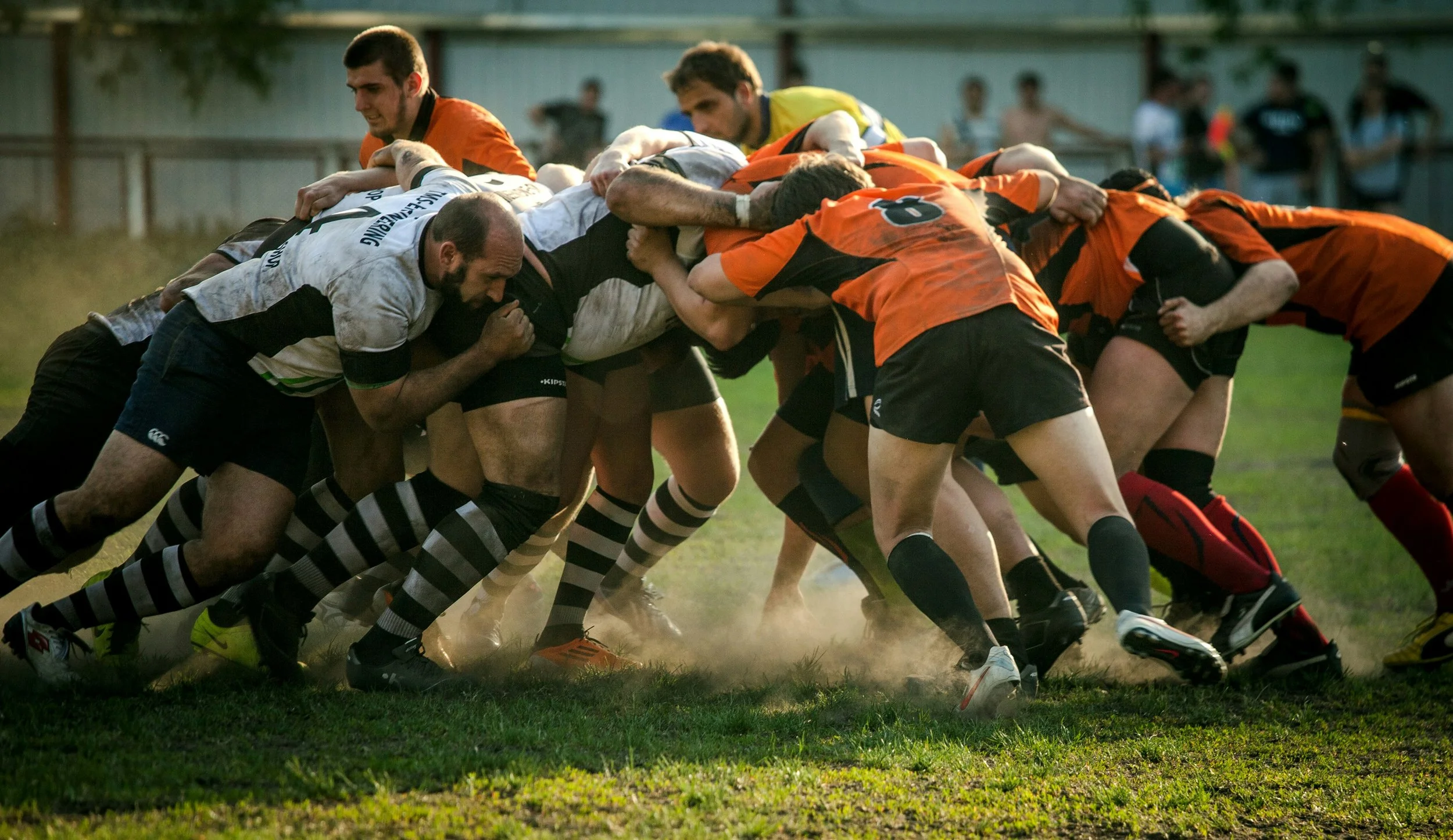Is the Risk of Brain Injury from Contact Sports Overstated? What Connecticut Families Need to Know
The discussion around brain injuries in contact sports has become increasingly prevalent, with growing concerns about the long-term effects of concussions and repetitive head trauma. However, recent research suggests that media coverage may sometimes exaggerate these risks, leading to heightened public anxiety.
A recent article from The Conversation explores whether the dangers of brain injury in contact sports have been overstated by the media. It highlights that while traumatic brain injuries (TBIs) and chronic traumatic encephalopathy (CTE) are serious concerns, the actual risk varies depending on sport, playing conditions, and individual susceptibility. The article stresses the importance of looking at scientific data rather than media narratives when assessing the true dangers of contact sports.
For families in Connecticut, understanding these nuances is crucial in making informed decisions about sports participation, injury prevention, and brain injury support services.
What the Science Says About Brain Injury in Sports
According to The Conversation, while there is clear evidence linking contact sports to head injuries, the overall likelihood of developing severe, long-term complications like CTE is lower than often portrayed in media reports. The article emphasizes that:
✅ Not all athletes who experience concussions develop long-term brain damage. Many recover fully with proper management and rest.
✅ The severity and frequency of head impacts matter. Repeated, high-force hits are more concerning than occasional mild concussions.
✅ More research is needed to determine individual risk factors. Genetics, medical history, and playing style can influence how an athlete responds to head trauma.
In Connecticut, where sports like football, hockey, and lacrosse are popular among youth and college athletes, these insights help parents weigh the benefits and risks of participation.
Balancing Safety and Sports Participation
While The Conversation article warns against media-driven fear, it does not dismiss the importance of safety. Families can take proactive steps to reduce the risk of brain injuries while still allowing children and young adults to enjoy the benefits of sports. Recommended precautions include:
Wearing Proper Protective Gear – Helmets and mouthguards can reduce the impact of collisions.
Following Concussion Protocols – Schools and sports organizations should have clear return-to-play guidelines after head injuries.
Teaching Safer Playing Techniques – Proper tackling methods in football or body-checking rules in hockey can lower the risk of injury.
Routine Neurological Assessments – Baseline concussion testing can help monitor changes over time.
These measures allow athletes to reap the physical, social, and mental benefits of sports participation while minimizing the risk of serious injury.
Brain Injury Support in Connecticut: Resources for Families
For families concerned about sports-related concussions or traumatic brain injuries, Connecticut offers several resources to support recovery and rehabilitation.
The Connecticut Brain Injury Alliance (BIAC): Provides education, advocacy, and community support for individuals and families affected by brain injuries.
The Acquired Brain Injury (ABI) Waiver Program: Offers services like personal care assistance, cognitive therapy, and supported living for those affected by TBIs.
Private Brain Injury Support Services: Organizations like The Supported Living Group specialize in individualized support for brain injury survivors, offering job coaching, independent living skills, and community integration.

